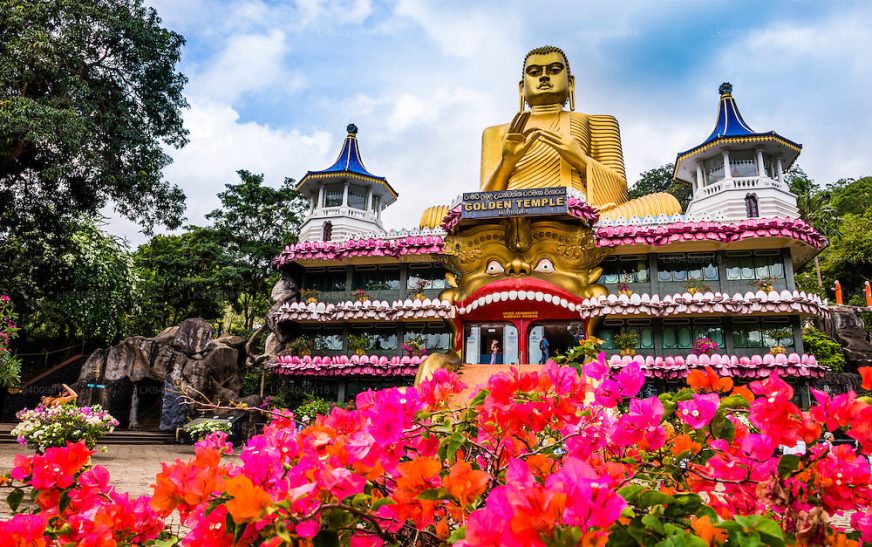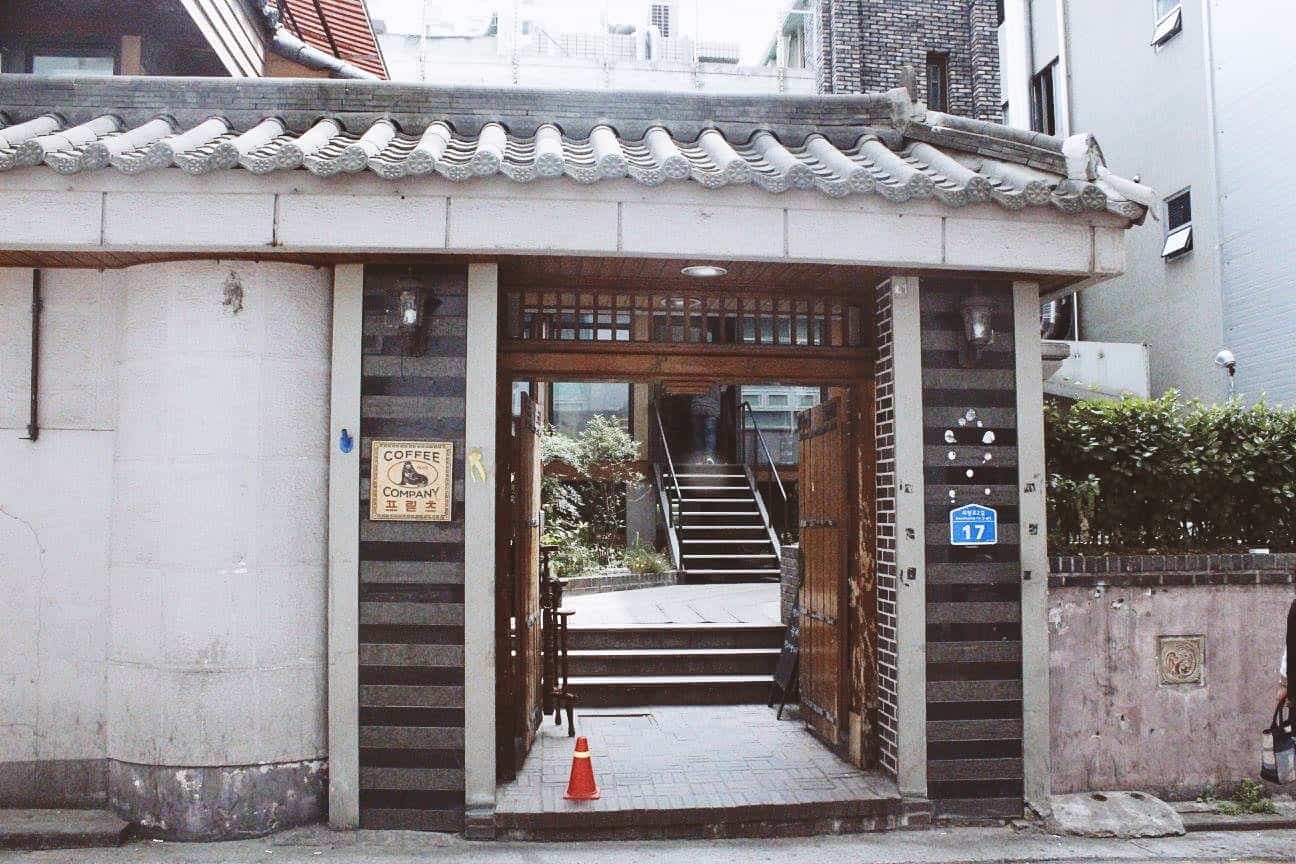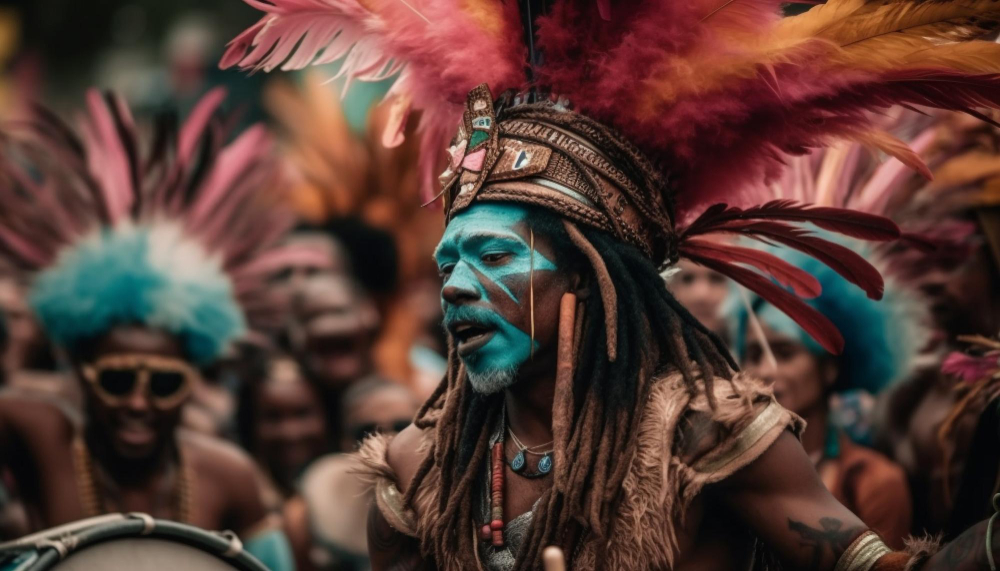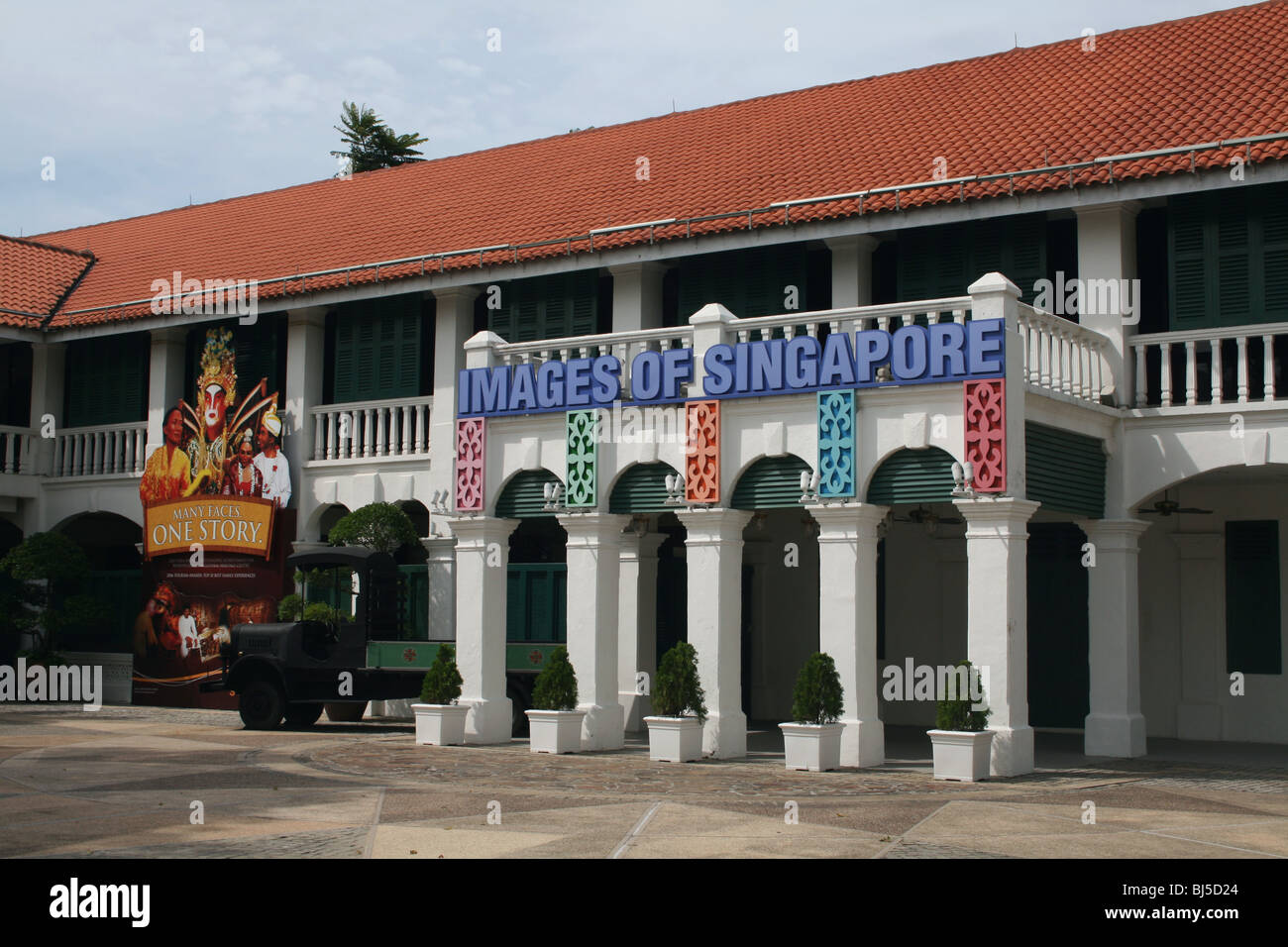Nestled in the heart of Sri Lanka, the Golden Temple Dambulla stands as a testament to the island nation’s rich cultural and religious heritage. Known for its striking beauty and historical significance, this ancient temple complex has captivated the hearts of countless visitors over the years. With its mesmerising cave temples, vibrant frescoes, and serene surroundings, the Golden Temple Dambulla offers a unique experience that is truly worthy of a spot on any traveller’s bucket list. In this article, we delve into the top 10 reasons why the Golden Temple Dambulla should be a must-visit destination for anyone exploring Sri Lanka.
Golden Temple Dambulla: A UNESCO World Heritage Site
The Golden Temple Dambulla holds the prestigious title of a UNESCO World Heritage Site, a designation that underscores its historical and cultural importance. This recognition highlights the temple’s exceptional value as an ancient site of artistic and religious significance. Visitors can explore the well-preserved cave temples and admire the intricate frescoes that date back to the 1st century BC. The UNESCO designation ensures that the Golden Temple Dambulla is preserved for future generations to appreciate its beauty and historical relevance.
Golden Temple Dambulla’s Stunning Cave Temples
The Golden Temple Dambulla is renowned for its impressive cave temples, which are carved into the rock face of a massive cliff. The complex consists of five main caves, each adorned with exquisite Buddhist art and sculptures. These caves were initially used as meditation retreats by monks and later transformed into a place of worship. The sheer scale and artistry of the cave temples make them a marvel of ancient architecture and a testament to the devotion of those who built them.
Exquisite Buddhist Art at Golden Temple Dambulla
One of the most compelling reasons to visit the Golden Temple Dambulla is the opportunity to witness some of the finest examples of Buddhist art in Sri Lanka. The cave temples are adorned with a vast array of colourful frescoes depicting scenes from the life of the Buddha, as well as various other Buddhist themes. The artwork is not only visually stunning but also offers insights into the spiritual beliefs and practices of the time. The meticulous detail and vibrant colours of the frescoes are a testament to the artistic skill of the ancient craftsmen.
Imposing Buddha Statues at Golden Temple Dambulla
As you explore the Golden Temple Dambulla, you will encounter several impressive Buddha statues that dominate the interior of the cave temples. These statues vary in size and style, ranging from colossal figures to more intricately detailed sculptures. The most notable among them is the reclining Buddha statue, which measures over 14 metres in length. The sheer size and grandeur of these statues evoke a sense of reverence and awe, providing visitors with a profound connection to the spiritual essence of the temple.
Panoramic Views from the Temple
The temple is perched on a rocky outcrop, offering visitors breathtaking panoramic views of the surrounding landscape. From this vantage point, you can gaze out over lush greenery, rolling hills, and distant mountains. The views are particularly stunning at sunrise and sunset, when the landscape is bathed in soft, golden light.
Rich Historical Significance
The history of this ancient site is deeply intertwined with the history of Sri Lanka. Established during the reign of King Valagamba in the 1st century BC, the temple complex has played a significant role in the country’s religious and cultural history, serving as a centre of worship and pilgrimage for centuries.
Spiritual Serenity
For those seeking a moment of spiritual reflection, the temple offers a serene and peaceful environment. The tranquil atmosphere, coupled with its stunning surroundings, creates a sense of calm and introspection. Visitors can participate in meditation sessions, engage in prayer, or simply sit quietly and absorb the spiritual ambiance.
Cultural Immersion
A visit to the temple provides an opportunity to immerse oneself in Sri Lanka’s rich cultural heritage. The complex is a living example of the country’s Buddhist traditions and artistic achievements. Visitors can observe traditional rituals, learn about local customs, and gain a deeper understanding of the spiritual practices that have shaped Sri Lankan culture.
Unique Architectural Features
The architectural design of the site is a fascinating aspect of the complex. The cave temples are ingeniously carved into the rock, with intricate details that showcase the craftsmanship of ancient builders. The combination of Dravidian and Sinhalese architectural styles reflects the diverse influences that have shaped Sri Lankan architecture over the centuries.
Accessibility and Visitor-Friendly Facilities
Despite its ancient origins, the site is well-equipped to accommodate modern visitors. It is easily accessible by road, with well-maintained pathways leading to the cave temples. Facilities such as informative signage, guided tours, and nearby amenities ensure that visitors have a comfortable and enjoyable experience.
Conclusion
The Golden Temple Dambulla is a destination that seamlessly blends historical significance, artistic beauty, and spiritual tranquillity. From its awe-inspiring cave temples and exquisite Buddhist art to its panoramic views and rich cultural heritage, there are countless reasons why this remarkable site deserves a spot on your bucket list. Whether you’re a history enthusiast, an art aficionado, or simply someone seeking a moment of peace, the Golden Temple Dambulla offers an unforgettable experience that captures the essence of Sri Lanka’s heritage. A visit to this extraordinary temple is not only a journey through time but also an opportunity to connect with the timeless beauty of Sri Lankan culture.
FAQs
1. What is the best time to visit the Golden Temple Dambulla?
The best time to visit the Golden Temple Dambulla is during the dry season, which runs from May to September. This period offers pleasant weather and clearer skies, making it ideal for exploring the temple and enjoying the surrounding scenery.
2. How do I get to the temple from Colombo?
The temple is approximately a 4-hour drive from Colombo. You can take the A6 road, which connects Colombo to Dambulla. Alternatively, public transportation options such as buses or trains are available for reaching the site.
3. Are there any dress codes for visiting the temple?
Yes, visitors are required to dress modestly. It is recommended to wear clothing that covers the shoulders and knees. Additionally, removing footwear before entering the temple is customary and a sign of respect.
4. Can I take photos inside the temple?
Photography is generally allowed, but it’s important to follow the rules and guidelines set by the temple authorities. Be mindful of other visitors and avoid using flash photography, as it may damage the artwork.
5. Are there guided tours available?
Yes, guided tours are available, offering valuable insights into the history, art, and significance of the site. Booking a guided tour in advance is advisable to enhance your visit and gain a deeper understanding of the location.
Also read: Food from Myanmar: 10 Essential Dishes You Must Try










